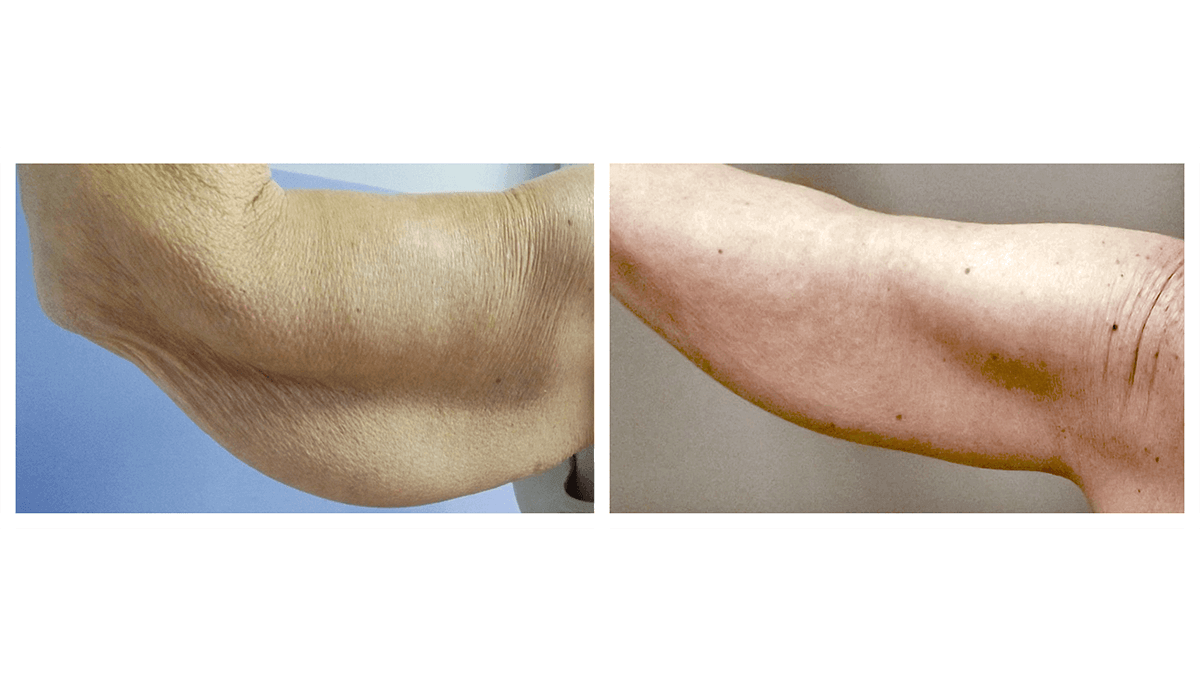Arm Lift
Arm lift, or brachioplasty, involves removal of excess skin from the arm with or without liposuction. The procedure benefits patients who suffer from excess saggy skin of the arms, this can occur due to many reasons as aging and massive weight loss.
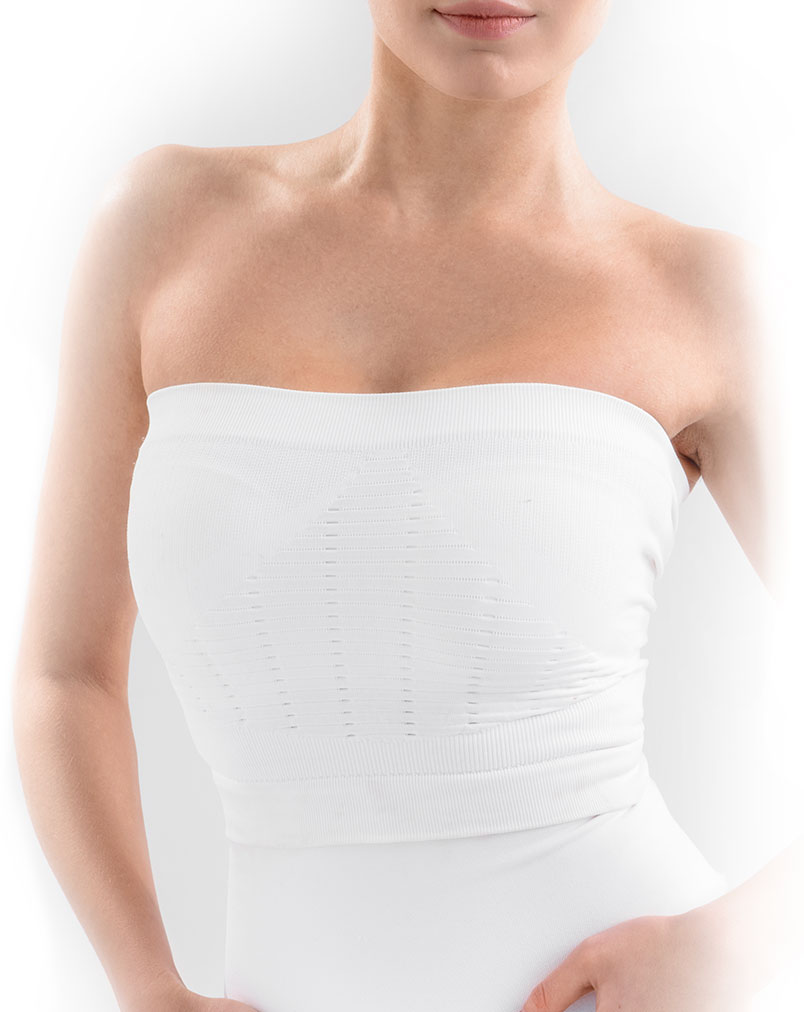
Before and After Gallery
All before and after photos are of actual Akkary Surgery Center patients and are shown with permission. Please remember: these pictures are courtesy of patients who kindly agreed to share their experience on our website. The pictures are to be viewed only and not to be downloaded, copied, captured or used for any other purpose. Individual results may vary.
Additional Facts
Who is a good candidate for Arm Lift?
Healthy patients with realistic expectations and stable weight that suffer from saggy or loose skin of the arm.
What are Arm Lift contraindications?
Severe or uncontrolled systemic diseases, connective tissue disease, malignancy, unrealistic expectations, local skin pathology and pregnancy.
Note: A contraindication is a condition or factor that serves as a reason to withhold a certain medical treatment due to the harm that it would cause the patient.
How is this procedure performed?
The procedure is commonly done under tumescence anesthesia with monitored sedation. Tumescence anesthesia consists of diluted Lidocaine with epinephrine in a crystalloid solution that is infiltrated into the operative area in calculated amounts based on patient’s body weight. Liposuction might be performed first by introducing small cannulas to remove the fatty tissue from the arm prior to excision of the excess skin. This is then followed by making an incision along the medial aspect of the arm and removal of the excess skin. The incision is then closed in layers.
How long does the effect last?
Brachioplasty provides durable long term results, however, significant weight gain and other factors might affect the results of the procedure.
What should I expect during recovery?
Since the area is numb after the procedure, we routinely do not use narcotics for pain control and pain is easily controlled on acetaminophen (Tylenol). Also, since general anesthesia and narcotics are usually avoided, nausea and vomiting are very rare after the procedure. A compression garment is usually worn postoperatively for 2-4 weeks or longer. Patients are usually discharged to the care of a responsible adult and recover at home. Light activity and early ambulation are encouraged after the surgery. It is normal for many patients to feel that they have to slightly bend over while walking for the first 1-2 weeks. Activities are advanced gradually based on your healing.
Where is the scar?
The scar is placed on the medial (inner) aspect of the arm
Have more questions?
We have a Wish List that allows you to choose the procedures for which you'd like to learn more. You'll be asked to share your name, email address and to give us consent to communicate with you by email or phone. We'll contact you to answer questions and discuss next steps.
Start my Wish List


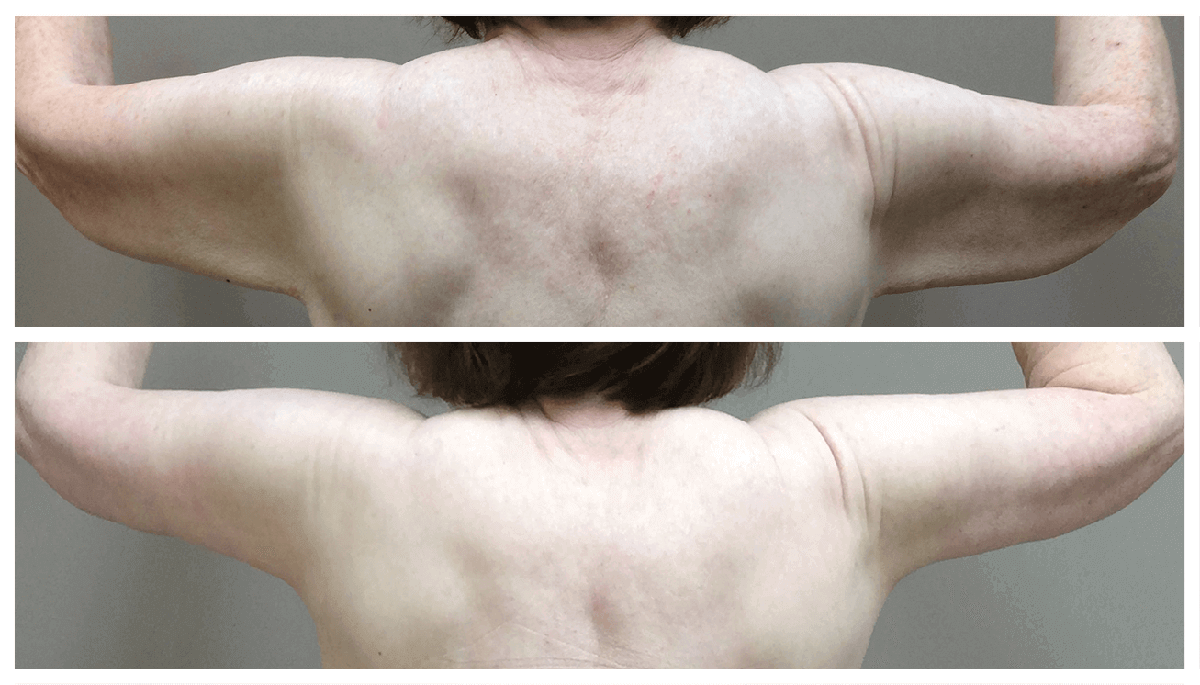


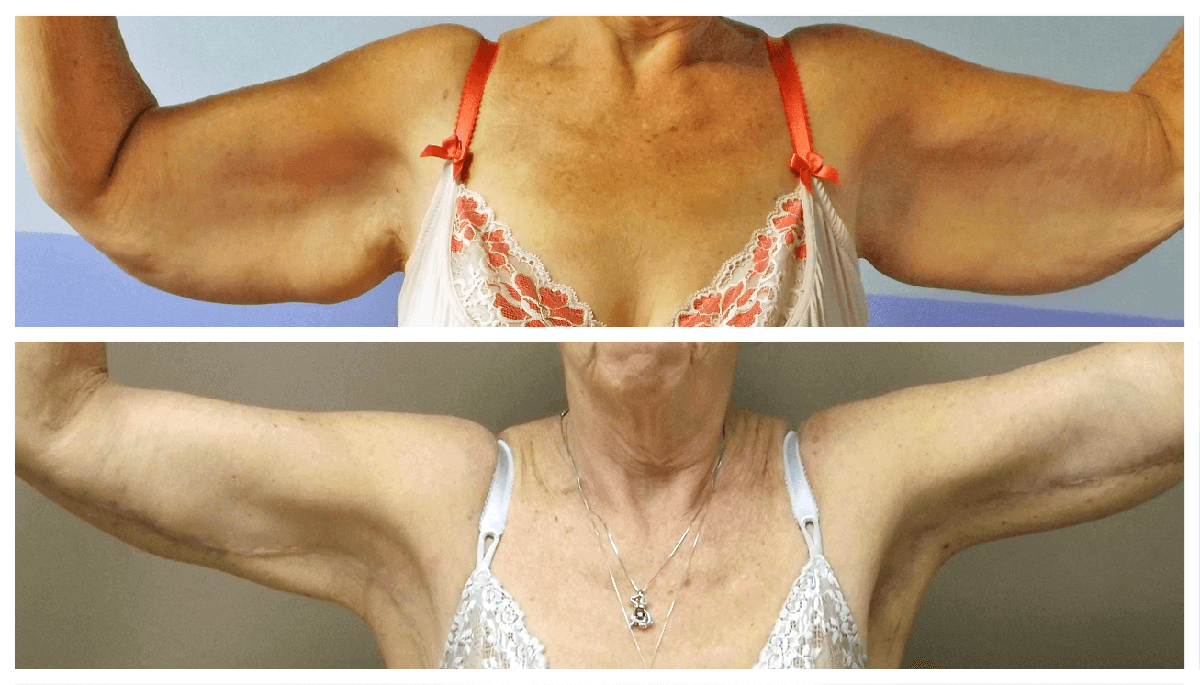

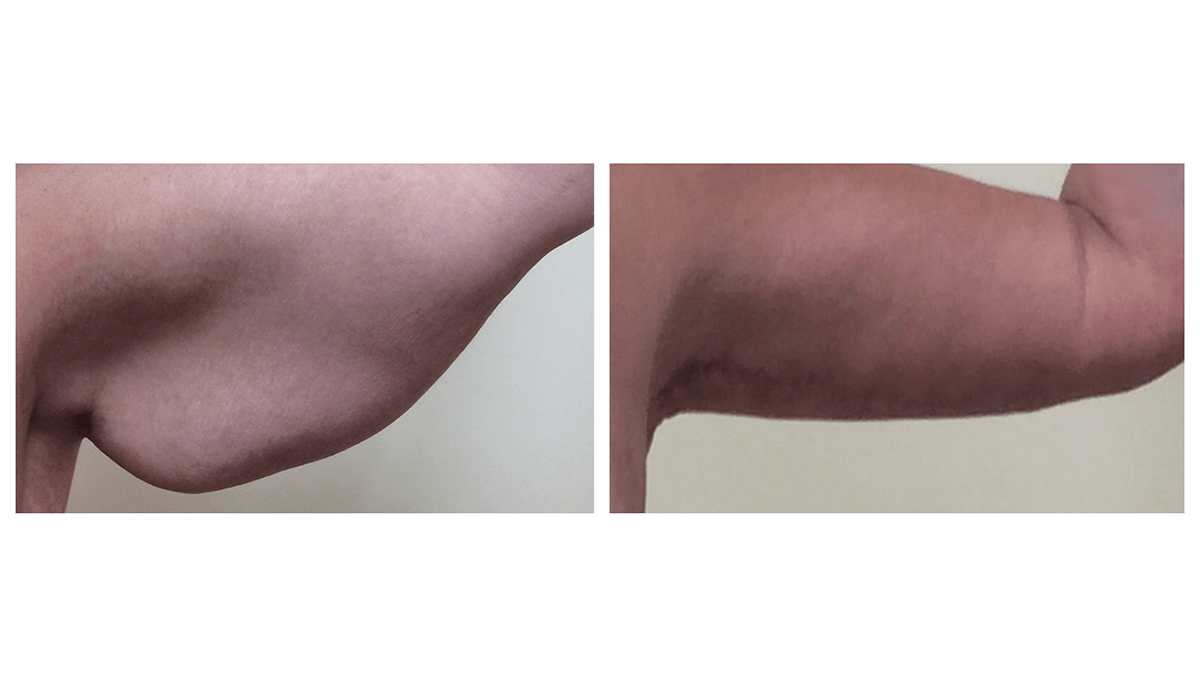
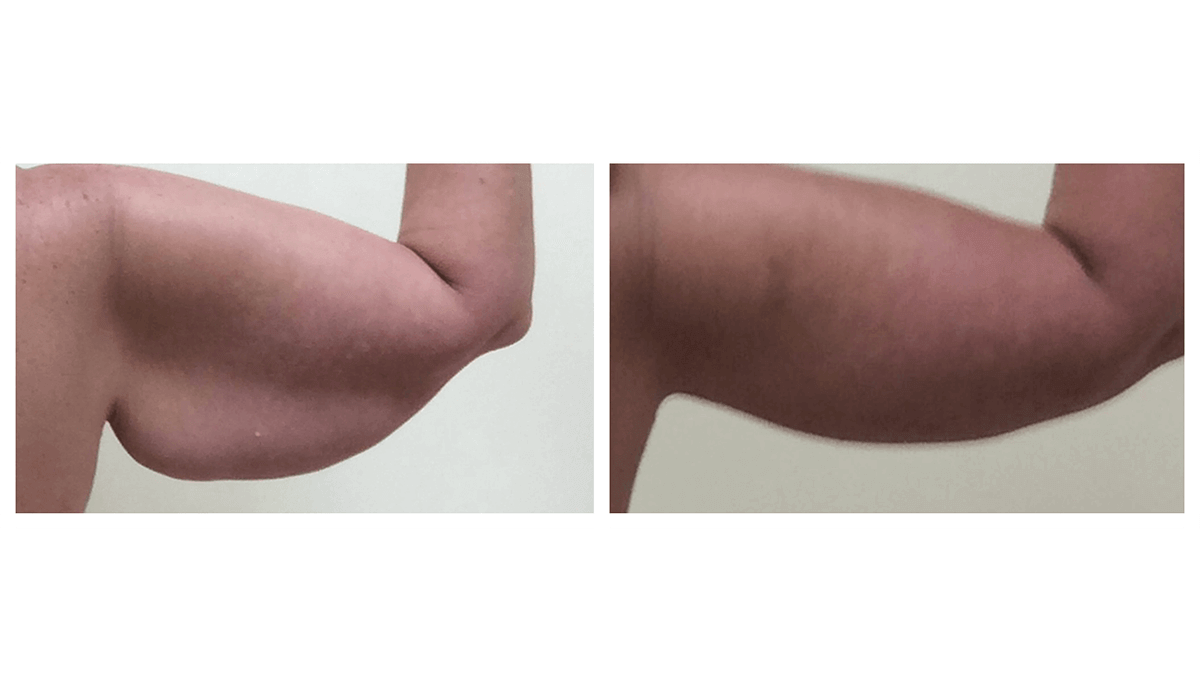

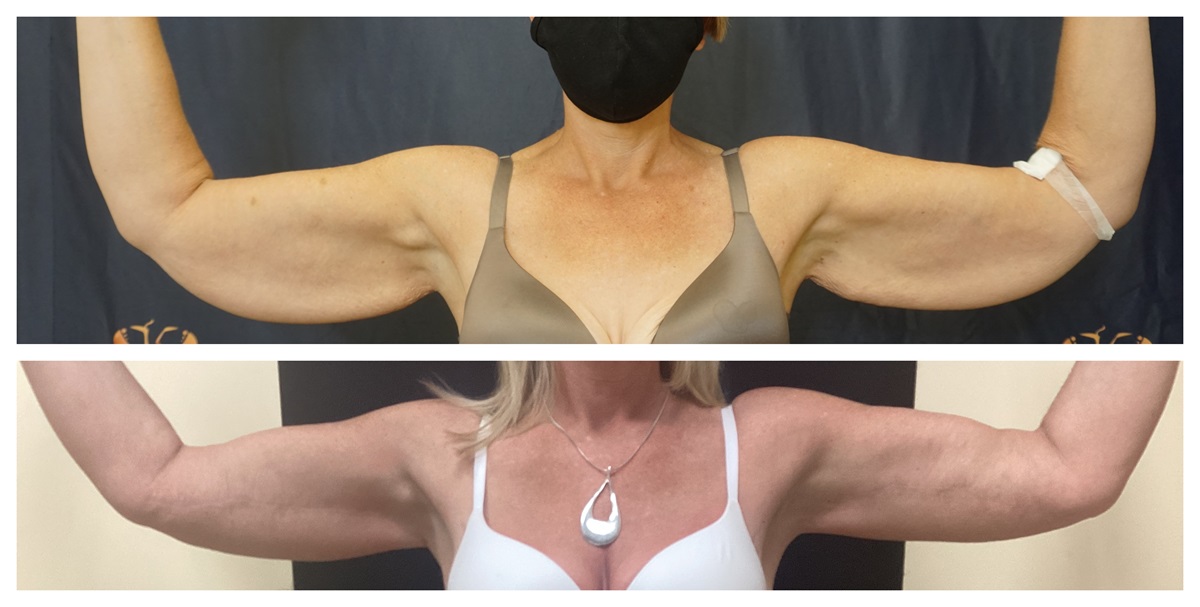
.jpg)
